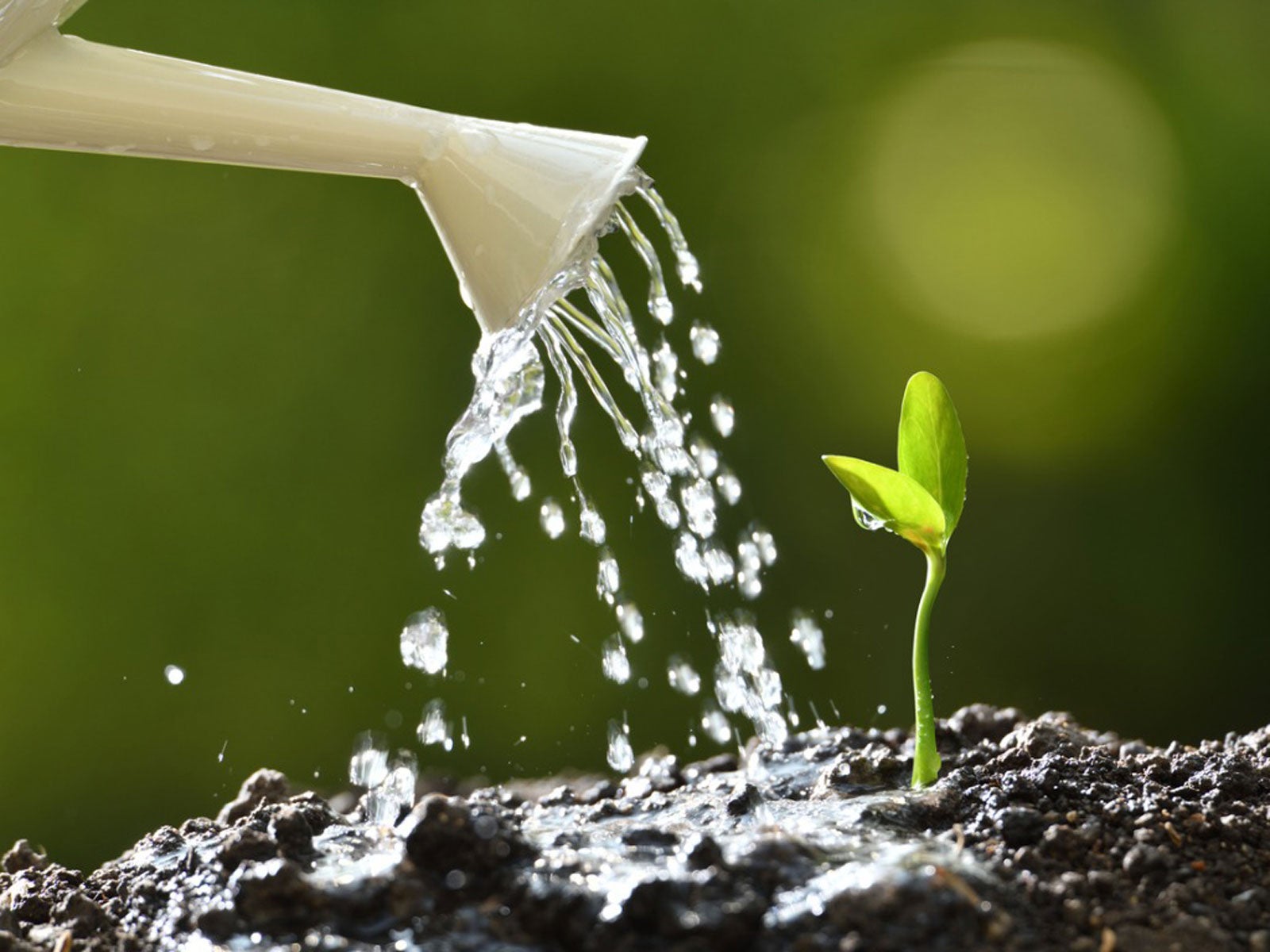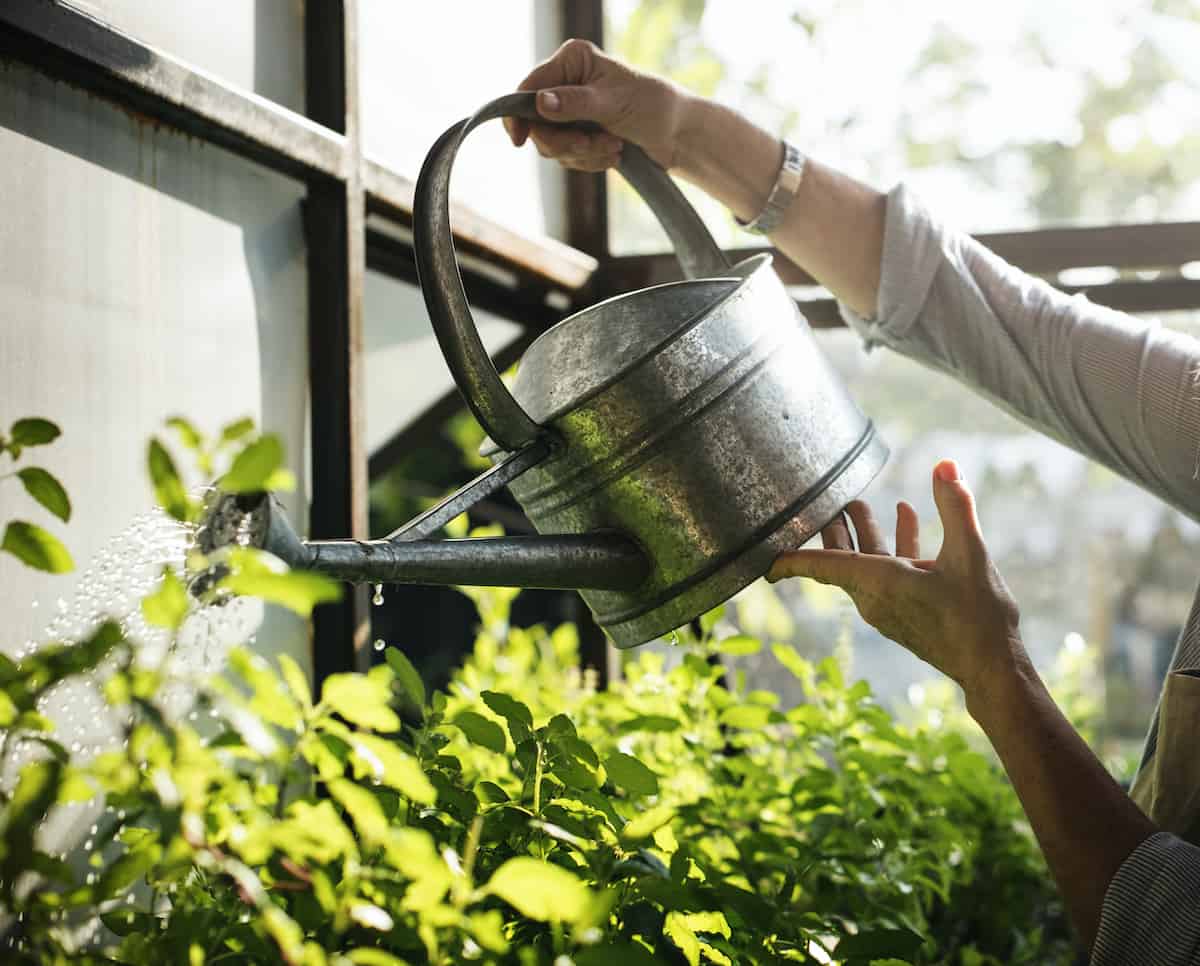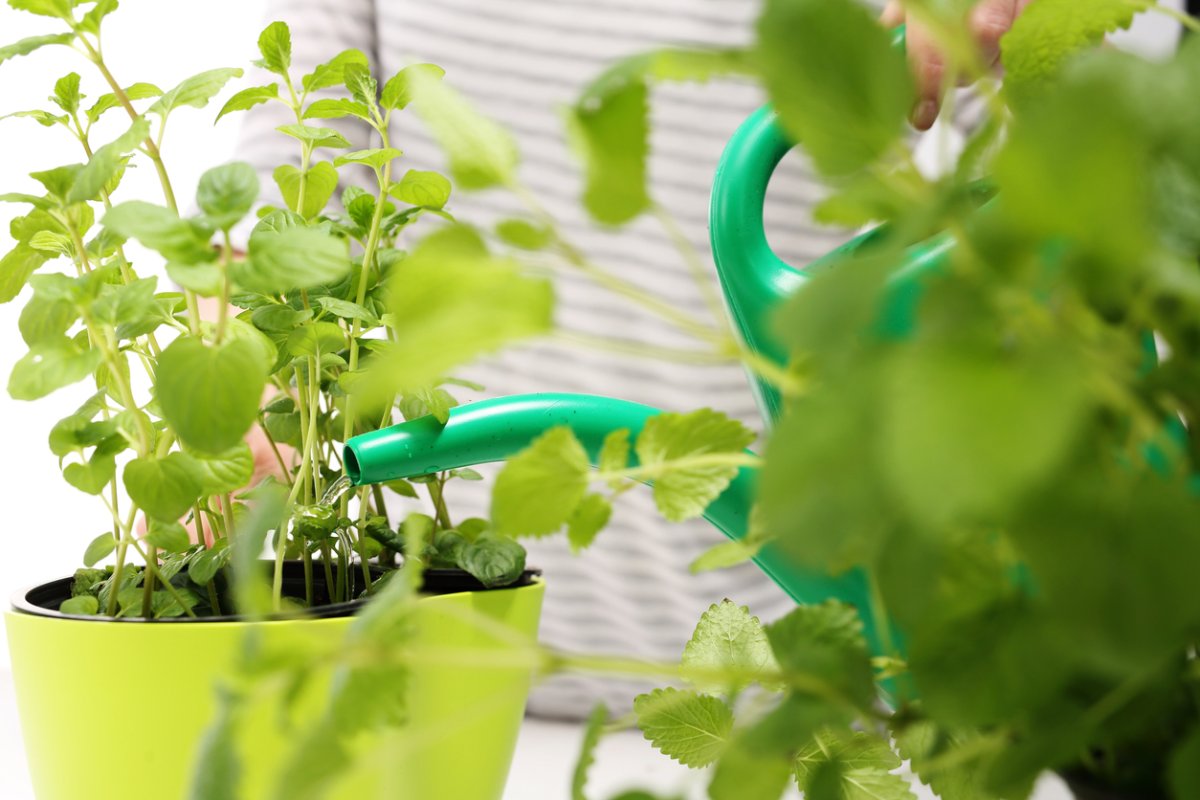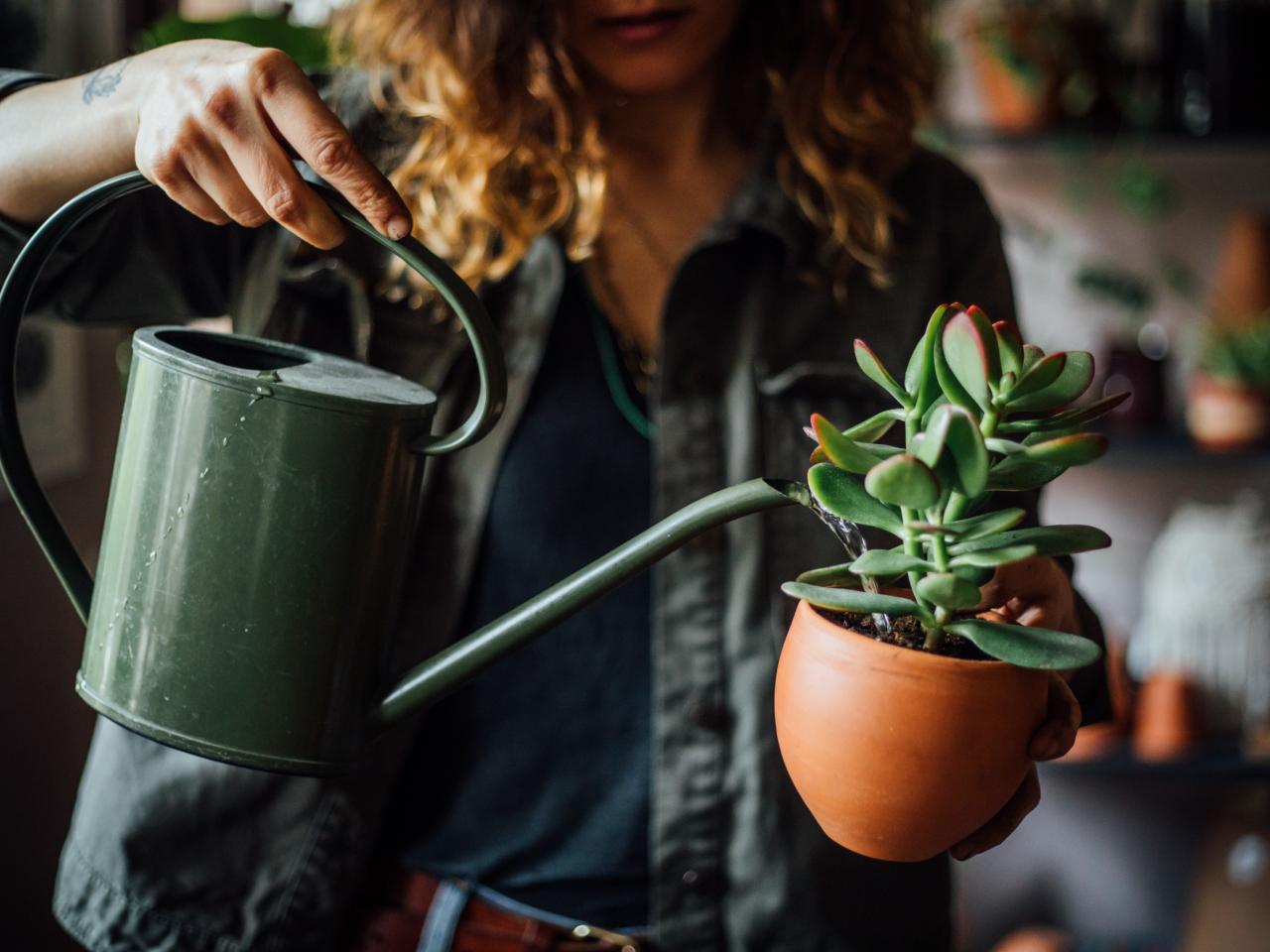Home>Types of Gardening>Ornamental Gardening>How Often Do You Water Bulbs After Planting
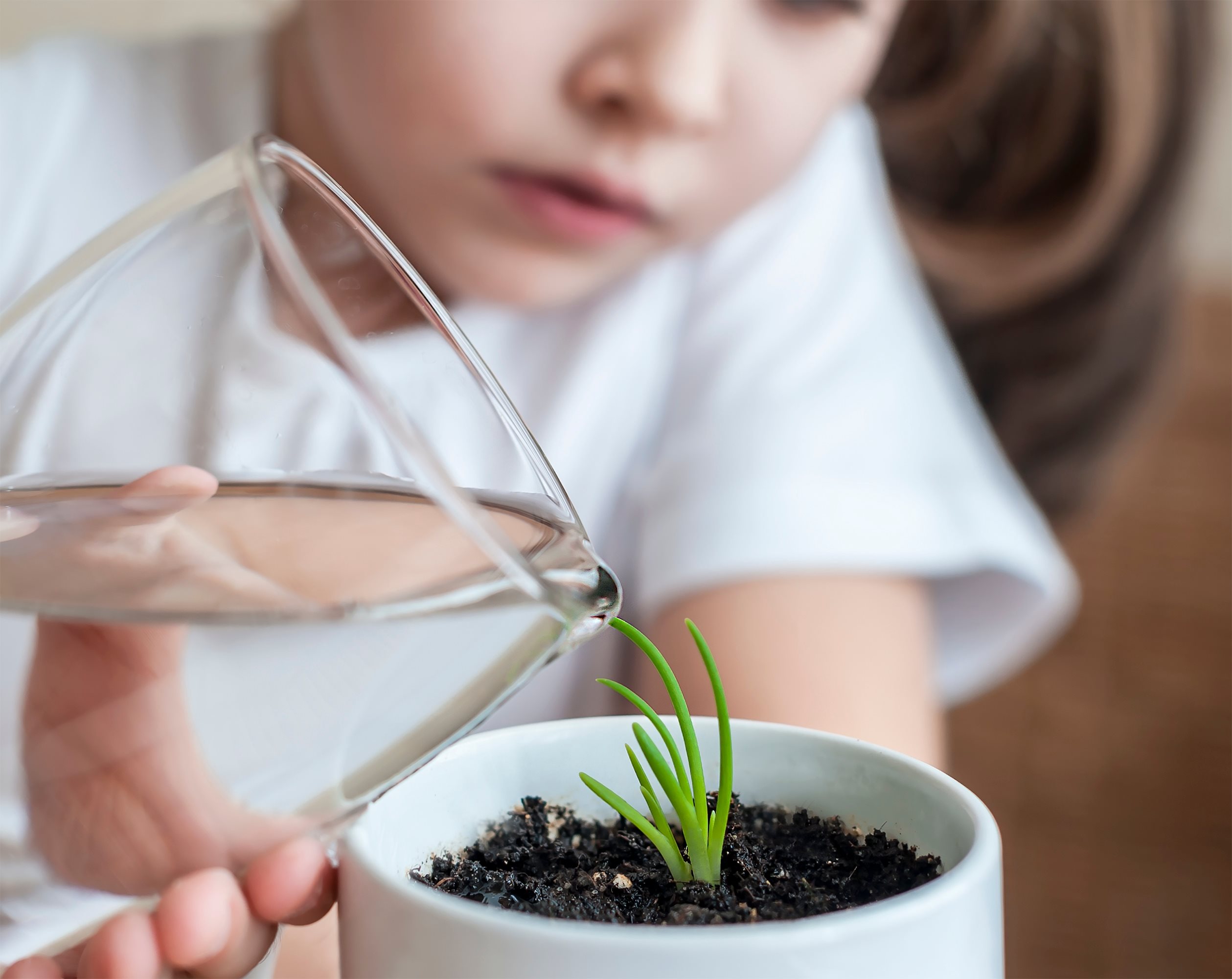

Ornamental Gardening
How Often Do You Water Bulbs After Planting
Modified: February 8, 2024
Discover the best watering practices for ornamental gardening. Learn how often to water bulbs after planting for healthy and vibrant blooms.
(Many of the links in this article redirect to a specific reviewed product. Your purchase of these products through affiliate links helps to generate commission for Chicagolandgardening.com, at no extra cost. Learn more)
Table of Contents
Introduction
Ornamental gardening is a beloved pastime for many enthusiasts who enjoy cultivating beautiful flowers and plants. Among the various types of plants that can be grown, bulbs are particularly popular due to their vibrant colors and ability to thrive in different environments. Watering is an essential element in bulb care, as it ensures their healthy growth and blooming.
However, the frequency and amount of water required for bulbs can vary depending on several factors such as the type of bulb, the time of year, and the specific environmental conditions. Understanding how often to water bulbs after planting is crucial for successfully nurturing these ornamental plants and helping them reach their full potential.
Throughout this article, we will delve into the key considerations for watering bulbs after planting, including different watering frequency guidelines for various types of bulbs. Additionally, we will explore the signs of overwatering and underwatering bulbs, as well as provide valuable tips for efficient and effective watering practices to promote healthy growth and vibrant blooms.
Factors to Consider
When it comes to watering bulbs after planting, there are several important factors to take into consideration. Understanding these factors will help you determine the appropriate watering frequency and amount for your specific bulbs. Here are the key factors to consider:
- Type of Bulb: Different types of bulbs have different water requirements. Some bulbs, like tulips and daffodils, prefer moist soil, while others, like cacti and succulents, thrive in drier conditions. Research the specific water needs of the bulbs you are planting to ensure you meet their requirements.
- Time of Year: The time of year also plays a role in bulb watering. During the active growth phase, bulbs typically require more frequent watering. In contrast, dormant bulbs require less water. Take note of the growth cycles of your bulbs and adjust your watering schedule accordingly.
- Environmental Conditions: Factors such as temperature, humidity, and sunlight exposure can affect how often you should water your bulbs. Hot and dry conditions may require more frequent watering, while cooler and more humid conditions may require less. Monitor the weather and adjust your watering routine accordingly.
- Soil Drainage: The type of soil your bulbs are planted in can impact their water needs. Well-draining soil allows excess water to flow away, preventing root rot. On the other hand, poorly draining soil can lead to waterlogged conditions, which can be detrimental to bulb health. Ensure that the soil has good drainage to avoid overwatering.
- Planting Depth: The depth at which you plant your bulbs can also influence watering frequency. Shallowly planted bulbs tend to dry out more quickly and may require more frequent watering, while deeper-planted bulbs retain moisture for longer periods. Consider the recommended planting depth for your bulbs and adjust your watering schedule accordingly.
By carefully considering these factors and tailoring your watering routine to meet the specific needs of your bulbs, you can provide optimal growing conditions and promote healthy growth and blooming.
Watering Frequency for Different Types of Bulbs
Watering frequency for bulbs can vary depending on the specific type of bulb you are planting. It’s important to understand the water requirements of different bulb varieties to ensure proper care. Here are some general guidelines for watering frequency based on common types of bulbs:
- Tulips and Daffodils: These spring-flowering bulbs prefer consistently moist soil while they are actively growing. Water them thoroughly after planting, and then monitor the soil moisture to determine when to water again. As a general rule, water these bulbs when the top inch of soil feels dry.
- Crocuses and Hyacinths: These bulbs also do well with moist soil during their growth phase. Water them thoroughly after planting, and then continue to water them every seven to ten days, or as needed to keep the soil evenly moist.
- Irises: Irises prefer a slightly drier soil compared to other bulb varieties. Allow the soil to dry out slightly between watering sessions. Water deeply when necessary, ensuring that the water reaches the roots.
- Lilies: Lilies appreciate moist soil, especially during their active growth period. Water them deeply after planting and then continue to water every couple of weeks, increasing frequency during hot and dry conditions. However, be cautious not to overwater, as excessive moisture can lead to bulb rot.
- Dahlias: Dahlias require regular watering to thrive. Water them deeply once or twice a week, depending on weather conditions. Ensure that the soil is consistently moist but not waterlogged.
Remember that these are general guidelines, and it’s important to consider the specific requirements of the bulbs you are planting. Always monitor the moisture levels in the soil and adjust your watering schedule as needed to provide the optimal conditions for your bulbs to grow and bloom successfully.
Signs of Overwatering Bulbs
While water is essential for bulbs, overwatering can be just as harmful as underwatering. It’s important to recognize the signs of overwatering to prevent damage to your bulbs. Here are some common signs to look out for:
- Yellowing Leaves: If the leaves of your bulbs start to turn yellow, it may be a sign of overwatering. Overly saturated soil impedes root function and can lead to nutrient deficiencies, causing the leaves to lose their vibrant green color.
- Wilting: Surprisingly, wilting can indicate overwatering rather than underwatering. When bulbs are overwatered, their roots become waterlogged and cannot absorb oxygen properly, causing the plant to wilt.
- Fungus or Mold Growth: Overwatered bulbs are prone to fungal and mold growth. If you notice a fuzzy white or green substance on the soil or the bulbs themselves, it may indicate excessive moisture.
- Root Rot: Overly saturated soil can lead to root rot, a condition where the roots decay due to lack of oxygen. If you notice a foul smell or mushy, discolored roots when checking on your bulbs, it is a sign of root rot caused by overwatering.
- Lack of Blooming: Overwatering can hinder the blooming process of bulbs. When bulbs are constantly sitting in waterlogged soil, they may not be able to develop and produce flowers as they should.
If you notice any of these signs, it’s important to adjust your watering routine immediately. Allow the soil to dry out before watering again and make sure your bulbs are situated in well-draining soil. Being mindful of your watering practices will help prevent overwatering and ensure healthy growth for your bulbs.
Signs of Underwatering Bulbs
Underwatering can also have detrimental effects on bulb health and growth. It’s essential to recognize the signs of underwatering so that you can adjust your watering routine and prevent further damage. Here are some common signs of underwatering bulbs:
- Drooping or Wilted Leaves: One of the most noticeable signs of underwatering is when the leaves of your bulbs start to droop or wilt. This occurs as a survival mechanism, where the plant conserves water by reducing its leaf surface area.
- Dry and Cracked Soil: If the soil around your bulbs is consistently dry and cracked, it may indicate insufficient watering. Underwatered bulbs struggle to absorb enough moisture from the soil, leading to dry conditions.
- Stunted Growth: Bulbs that are not receiving enough water may exhibit slow growth or fail to show any progress. Lack of water hinders their ability to develop properly and can delay blooming or even prevent it altogether.
- Brown or Yellowing Tips: When bulbs do not receive adequate water, their leaves may develop brown or yellow tips. This is a sign that the plant is not receiving enough hydration to keep the foliage healthy and vibrant.
- Premature Dropping of Flowers: Insufficient water supply can cause bulbs to drop their flowers prematurely. Lack of hydration affects the plant’s ability to support the blooms, resulting in their early demise.
If you observe any of these signs, it’s crucial to increase the frequency and amount of watering for your bulbs. Ensure that the soil is consistently moist, but avoid waterlogging the roots. Adjusting your watering routine will help revive the bulbs and promote healthy growth and blooming.
Tips for Watering Bulbs After Planting
Proper watering techniques are crucial for the successful growth and blooming of bulbs. To help you establish an effective watering routine, here are some valuable tips to keep in mind:
- Water thoroughly after planting: After planting your bulbs, give them a deep watering to ensure that the soil is evenly moist. This helps to settle the soil around the bulbs and promotes root establishment.
- Monitor soil moisture: Regularly check the moisture level of the soil. Stick your finger about an inch into the soil – if it feels dry, it’s time to water. Avoid overwatering by allowing the top layer of soil to dry out slightly between watering sessions.
- Use the right watering method: When watering bulbs, it’s best to use a gentle and controlled method to prevent soil erosion or damage to delicate foliage. Consider using a watering can with a fine nozzle or a drip irrigation system.
- Water at the base: Direct the water towards the base of the bulbs rather than overhead. This helps to prevent the leaves from getting wet, reducing the risk of fungal diseases and sunburn.
- Water in the morning: It’s ideal to water bulbs in the morning to allow the foliage to dry off during the day. Watering in the evening can lead to prolonged leaf wetness, which promotes the growth of diseases.
- Mulch to retain moisture: Apply a layer of mulch around the bulbs to help conserve moisture in the soil. Mulch acts as a protective barrier, reducing evaporation and maintaining a more consistent soil moisture level.
- Adjust watering based on weather: Be mindful of weather conditions when determining your watering schedule. During hot and dry periods, you may need to increase the frequency of watering to compensate for the increased moisture loss.
- Observe and adjust: Pay close attention to the health and growth of your bulbs. If you notice signs of overwatering or underwatering, make adjustments to your watering routine accordingly.
Following these tips will help ensure that your bulbs receive the proper amount of water and create optimal growing conditions. Remember, every garden is unique, so it’s important to adapt your watering routine based on the specific needs of your bulbs and the environmental conditions they are exposed to.
Conclusion
Watering bulbs after planting plays a crucial role in their overall health and successful growth. By considering factors such as the type of bulb, time of year, environmental conditions, soil drainage, and planting depth, you can tailor your watering routine to the specific needs of your bulbs. Overwatering can lead to issues like root rot and fungus growth, while underwatering can result in stunted growth and wilting.
By recognizing the signs of overwatering and underwatering, you can make the necessary adjustments to your watering practices. Remember to water thoroughly after planting, monitor soil moisture levels, and use the appropriate watering method. It’s also important to water at the base of the bulbs, water in the morning, and mulch to retain moisture.
Observing and adjusting your watering routine based on the health and growth of your bulbs will help create an ideal environment for them to thrive. With proper watering, your bulbs will reward you with vibrant blooms and flourishing foliage, enhancing the beauty of your ornamental garden.
